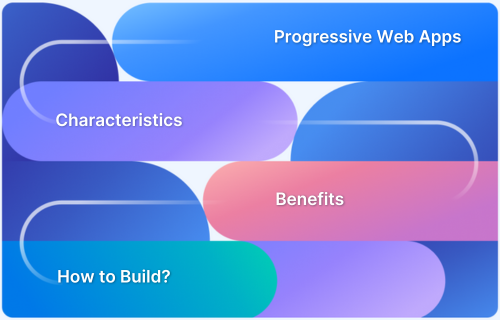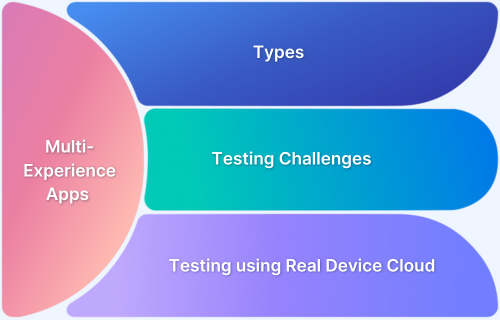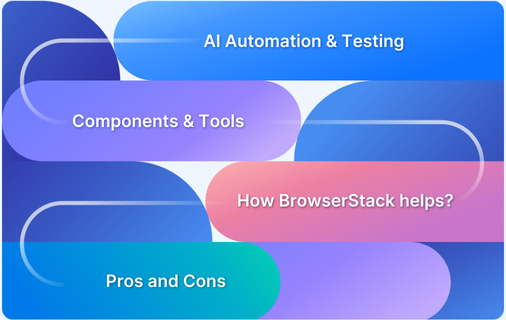As software applications grow in complexity, teams often face time and resource constraints, leading to shortcuts that can compromise long-term viability. These shortcuts can result in either obsolete software or software with defects from the start.
Future-proof testing focuses on identifying potential challenges early and ensuring the software is scalable, adaptable, and reliable over time. By planning proactively, the software can remain functional and relevant.
This guide explores what it means to create future-proof software and how to achieve it.
The Traits of Future Proof Software Systems
Business value is one of the central characteristics a system must possess to be future proof. A simplified definition of business value would be that it is a measurable quantity which indicates the capability of the business unit to generate income. Essentially an IT company creating software products would see business value in a software with traits such as customer loyalty or profitability.
- A system being modified or extended for some new functionality that would allow the organization to provide new traits that may cater to a wider consumer demographic is an example of generating business value. This would help secure the software for further future use and save it from becoming redundant.
- Another characteristic a future proof system should have is changeability. As technology evolves it’s important for the software application to be changeable enough to evolve with it. The resistance a software has to change is central in determining its future.
- Systems which have a low resistance are more adaptable, and do not have a high cost for change. On the other hand, systems with high resistance are costly, they require a long time and extensive work to modify. It’s important that early in the software development life cycle measures are taken to make a software with low resistance to change.
- Lastly, dependability is a very important trait in future proof systems. Dependability in a software implies that the system can be relied upon, has resilience to any disruptions or defects, and in the event of an issue it handles the errors gracefully by minimizing damage. The definition of dependability can vary depending on the function of the software system. Where certain systems may prioritize security, for other availability would be the most important feature.
Why are Future Proof Systems Needed?
Legacy software is a piece of software that the business is highly dependent on. However, due to it being antiquated, the software has several flaws and issues that the business must work around.
Here are the reasons why Future Proof Systems are needed:
- Businesses rely on outdated legacy software with flaws and inefficiencies.
- Legacy software is tied to specific OS, hardware, or outdated dependencies.
- Rarely-used programming languages make updates costly and time-consuming.
- Maintenance costs and complexity increase significantly over time.
- Legacy software poses security vulnerabilities and regulatory compliance issues.
- Future-proof systems prevent legacy software and ensure adaptability and scalability.
Methods to Future Proof Software
In order to future proof software it is imperative to generate more business value, ensure that the system has low resistance to change, and that the system has the properties required to increase its dependability. Some ways to measure these attributes are:
- Number of Source Lines of Code (SLOC)
- Function Points (FP)
- Use Case Points (UCP)
The ISO is a well-known, commonly used standard that outlines the criteria for evaluating and defining the quality requirements for systems and software (SQuaRE). The following attributes are defined by ISO 25010 as indicators of software quality. By simply following these guidelines the software developed will exhibit the qualities needed.
As seen in the figure above it’s necessary to ensure that the software is extendable and receptive to future changes. It should also have a high testability, integrity, fault tolerance, and be compatible. All of these traits are endemic in a future proof system and required if a software is to evolve as its requirements and environment change.
Hence, it is recommended that Future Proof Testing should be done under real user conditions to ensure better accuracy that helps deliver a seamless experience.
The fundamental advantages of implementing continuous delivery are:
- Break up the requirements into smaller modules for more rapid development and faster deployment.
- This procedure makes sure that every release is tested and benchmarked to maintain the software’s quality while also keeping it up to date and current.
- It accelerates modifications to the software and via automated delivery methods, which include thorough testing, can be optimized and executed frequently to improve the operational software’s quality.
The premise behind continuous delivery is very cohesive with creating future proof systems. Continuous Delivery is best defined as a collection of smooth, streamlined, dependable, repeatable, and automated procedures that regularly release new or modified software into production.
Must Read: Software Testing Strategies and Approaches
Future Proof Testing
Testing is synonymous with creating future-proof systems. Continuous, rigorous testing is necessary to ensure that the rules defining a good future-proof system are enforced.
Future-proof testing ensures software longevity by anticipating future challenges and validating for scalability, usability, and maintainability.
Key Aspects and Types of Future Proof Testing
Below are the key aspects and different types of testing involved in future proof testing:
- Consultative Testing: It focuses on creating tests based on potential users’ behavior. This approach provides actionable insights by measuring functionality and usability through metrics relevant to future use cases. By anticipating challenges, developers can design resilient and robust software architectures that cater to evolving user needs.
- Maintainability Testing: After deployment, software will inevitably require bug fixes and new feature implementations. Maintainability testing ensures these updates can be made efficiently and within tight deadlines. Automation testing, combined with a reliable test suite, is critical for quickly validating components and maintaining software quality.
- External Tools: The use of external tools and services can be highly effective when attempting to develop automated testing pipelines. These external tools should only be considered if there is a strong likelihood that they will be regularly updated and maintained; If they aren’t then there’s a high probability that the software will end up becoming legacy software, or the team will have to redesign several portions of their software and testing procedures.
- Automation Frameworks: Automation frameworks like Selenium, Appium, and Cypress make writing automated test scripts simple. These scripts can be executed as necessary on a wide range of hardware, software, and browsers.
Methods for Future-Proofing Software Testing
Future-proof testing ensures adaptability and long-term reliability. Here are key techniques:
- Clean Architecture: Build robust systems using API-based designs and automation, reducing dependency on changing external factors.
- Cloud Solutions: Use cloud tools for scalability, secure storage, and seamless collaboration, enhancing agility and team connectivity.
- Focus on Real-Time Needs: Prioritize current market demands over long-term forecasts to maintain relevance and avoid wasted resources.
- Scalability: Design scalable systems and integrate automation to adapt seamlessly to growth and evolving requirements.
- Continuous Iteration: Implement frequent updates to align with user needs and minimize the risk of major failures.
- Support for Remote Work: Invest in scalable, secure systems for remote operations, ensuring flexibility and productivity in changing environments.
Testing on Real Devices with BrowserStack
Users who want to automate and test their apps will gain a lot from tools like BrowserStack Automate. This test automation tool offers integration with numerous automation frameworks, such as Selenium, an established open-source automation framework, to enable testing on more than 3500 desktops, browsers, and actual mobile devices.
With the new browsers, OS versions, and devices, launched in the market, it is essential that the software should be tested on it for compatibility to ensure it functions seamlessly. This is why testing on BrowserStack Real Device Cloud helps. It also provides access to the beta version of a browser whenever possible. This makes BrowserStack highly reliable to use, making it ideal for Future Proof Testing of mobile and web applications.
Conclusion
To manage the complexity and uncertainty that may come in the future and to avoid the development of legacy software, future-proof solutions are necessary.
It is crucial to boost business value, make sure the system has a low resistance to change, and make sure the system has the attributes necessary to increase its dependability in order to future-proof software. Additionally, implementing continuous delivery and following the ISO guidelines is great for developing robust software architecture that is easily future-proofed.
When trying to future-proof software, testing is a crucial component. Consultative testing, maintainability testing, automation testing are all crucial. Automation testing technologies, like those provided by Browserstack, make it simpler to continuously test systems to ensure they are up to par.








